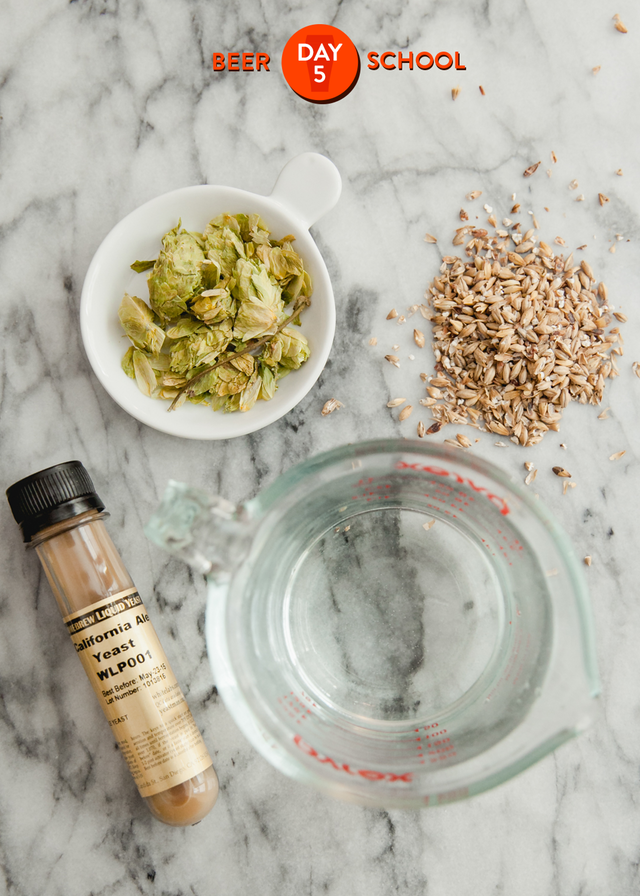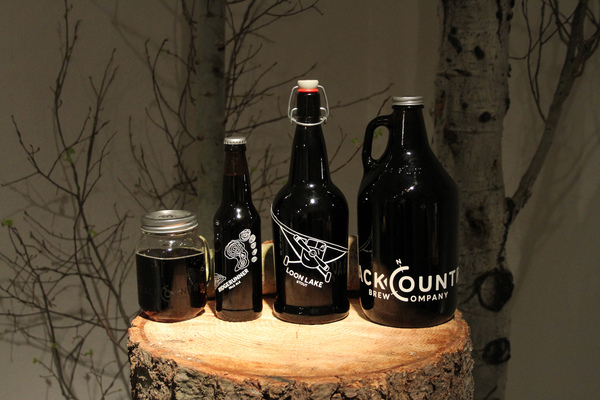
3900 years ago, the ancient Sumerians were making beer from barley–and writing poems about it. Beer has been around as long as we have written records, and quite possibly long before that. Is beer as old as the wheel? As old as our ability to bake bread? Beer has been an item for thousands of years, and it’s not going away anytime soon. While it now looks different, in its aluminum cans or brown bottles, our modern beer still has much in common with what the Sumerians were drinking almost 4,000 years ago. It’s still made from barley. It’s still a way for friends to relax. If you’ve ever wondered how beer is made, now’s your chance to poke your head into the brewery. The process of creating beer is simple and elegant, and it starts on the farm.
Farm To Beer

60+ Best Beer Brewing Company Branding Examples
Farmers make sure everything goes right for us. From carefully planting in the chill of October or January, to storing the harvested barley under agricultural metal roofing to keep it safe from damp and bugs, farmers are the ones who bring good quality barley to the brewers. Once the brewers take over, whether a microbrewery or a national industry, the process of making beer is basically the same, and hasn’t changed much in 4,000 years. It takes water, yeast, barley, and hops, and it works something like this.
Waiting Is The Hardest Part

The Ingredients You Need to Brew Beer (and Where to Get Them)
Beer production begins with malting, when the barley (or other grain) is heat-dried and cracked. This isolates the enzymes needed for brewing. Next, the grain is mashed. While your first thought might be of someone standing in a grape-trough, mashing the grain into powder, mashing here is related to “mash” like oatmeal, not mash as in “mortar and pestle.” The grain is soaked in hot water, a lot like making tea. This draws out the sugar in the grain. The grain is then drained away, and the sweet, “beer-tea” water that remains is called the wort. After that, the wort is boiled, the hops are added, and the new liquid is left to ferment with yeast. The temperature surrounding the fermentation process is part of what produces the different types, like lagers and ales. The beer will eventually self-carbonate, after several weeks or months of being bottled, and then it’s ready. It finds its way to you via a beer and beverage distributor, and the rest is history.
Beer has always been an important part of culture. The ancient Sumerians weren’t just writing poems about beer, they were writing them to their patron goddess of brewing, Ninkasi. Beer got its own goddess pretty much right away, which is a testament not just to how much people love alcohol, but to how much beer brings people together. See more great ideas for making your own beer!




